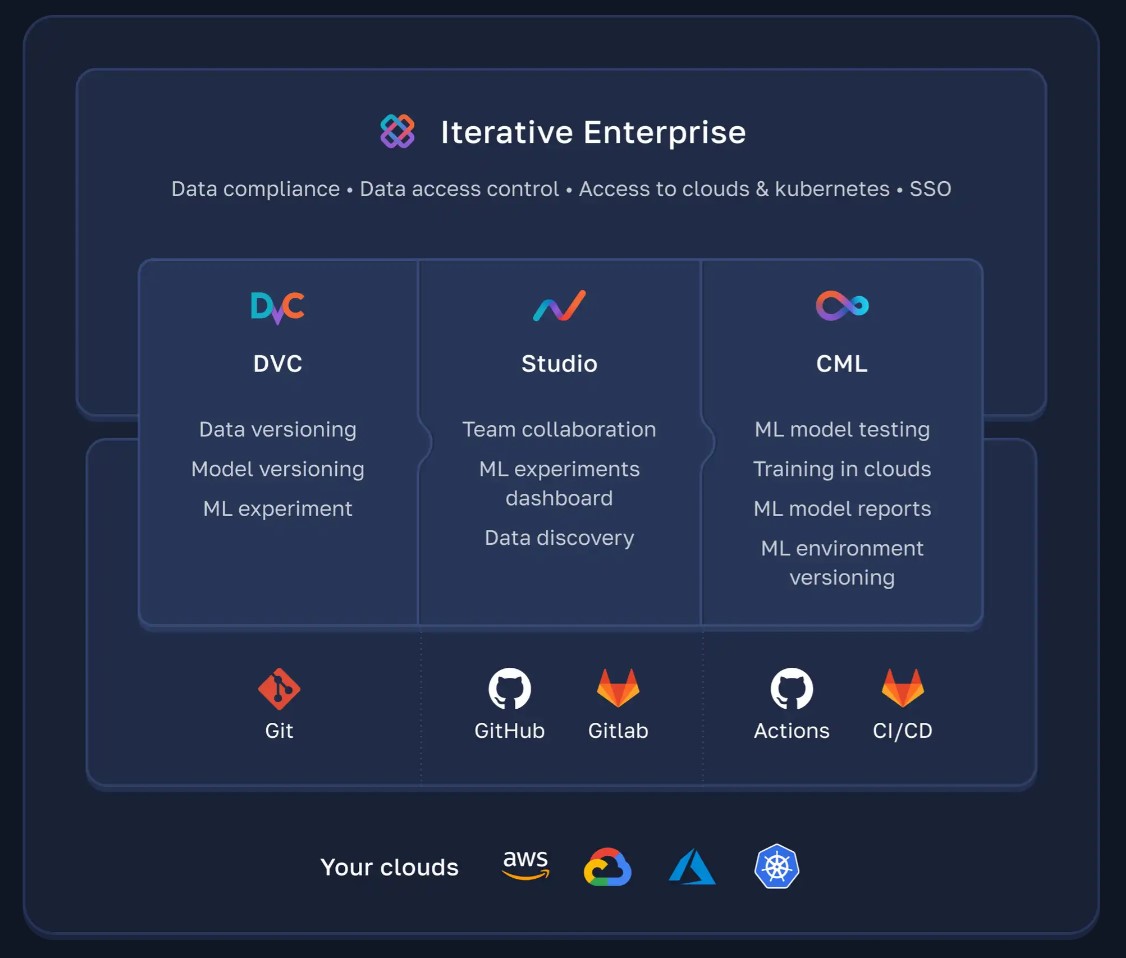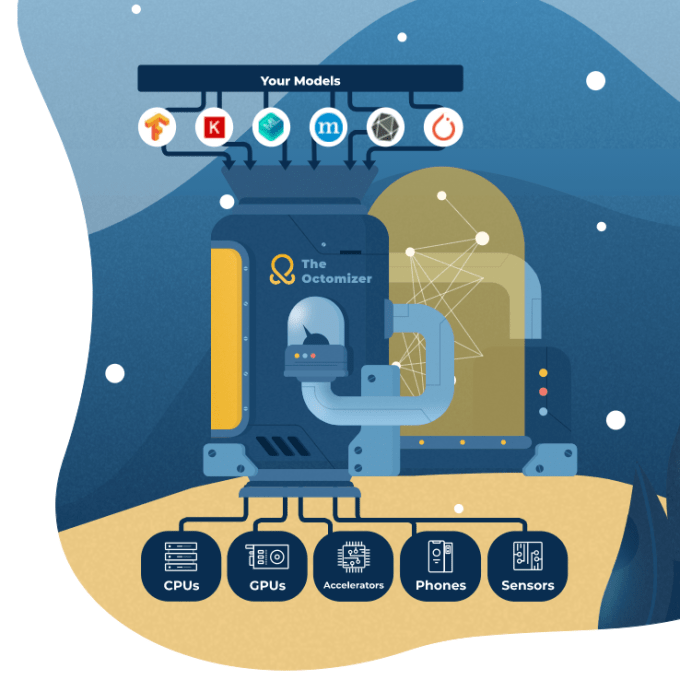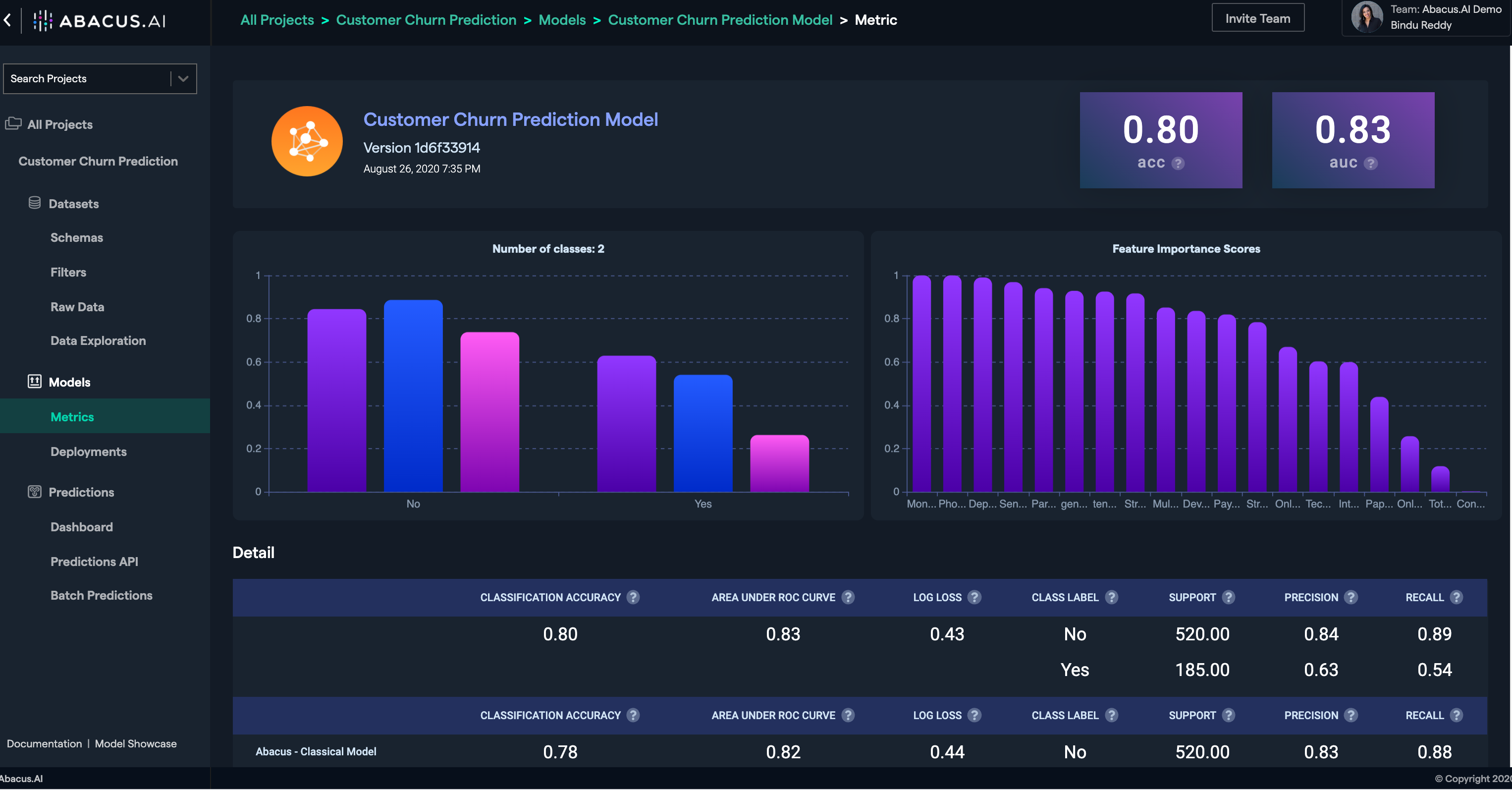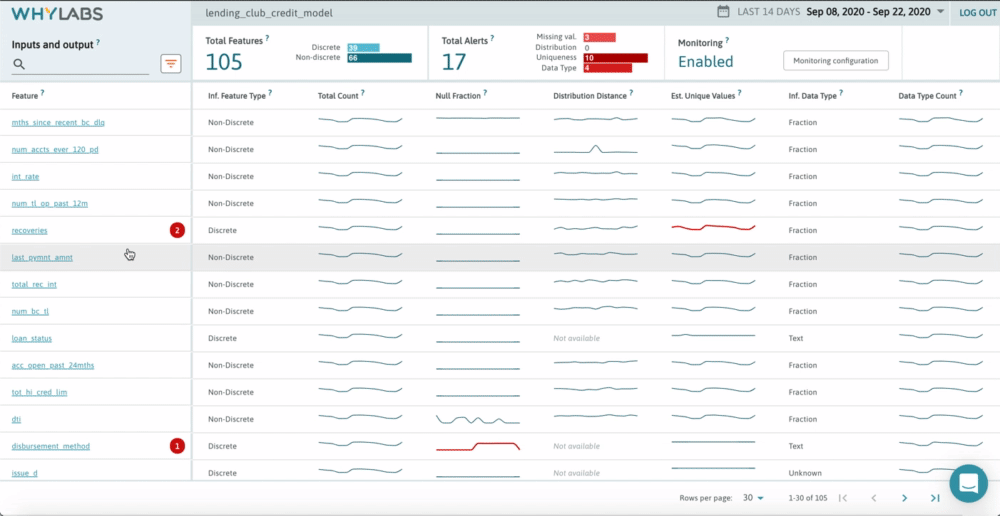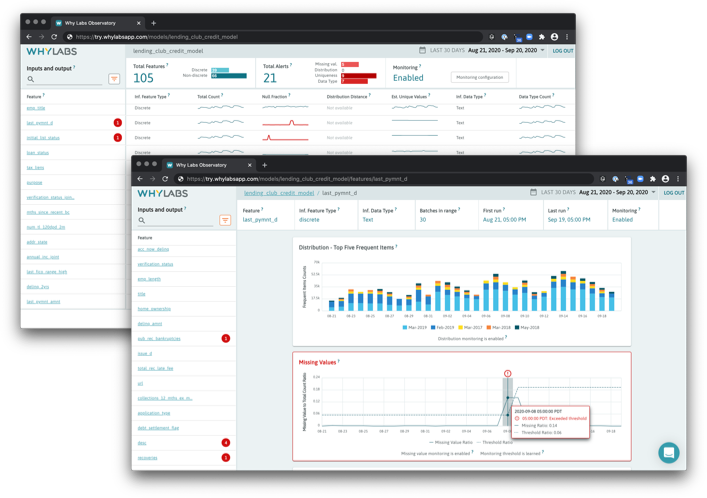Databricks this morning confirmed earlier reports that it was raising new capital at a higher valuation. The data- and AI-focused company has secured a $1.6 billion round at a $38 billion valuation, it said. Bloomberg first reported last week that Databricks was pursuing new capital at that price.
The Series H was led by Counterpoint Global, a Morgan Stanley fund. Other new investors included Baillie Gifford, UC Investments and ClearBridge. A grip of prior investors also kicked in cash to the round.
The new funding brings Databricks’ total private funding raised to $3.5 billion. Notably, its latest raise comes just seven months after the late-stage startup raised $1 billion on a $28 billion valuation. Its new valuation represents paper value creation in excess of $1 billion per month.
The company, which makes open source and commercial products for processing structured and unstructured data in one location, views its market as a new technology category. Databricks calls the technology a data “lakehouse,” a mashup of data lake and data warehouse.
Databricks CEO and co-founder Ali Ghodsi believes that its new capital will help his company secure market leadership.
For context, since the 1980s, large companies have stored massive amounts of structured data in data warehouses. More recently, companies like Snowflake and Databricks have provided a similar solution for unstructured data called a data lake.
In Ghodsi’s view, combining structured and unstructured data in a single place with the ability for customers to execute data science and business-intelligence work without moving the underlying data is a critical change in the larger data market.
“[Data lakehouses are] a new category, and we think there’s going to be lots of vendors in this data category. So it’s a land grab. We want to quickly race to build it and complete the picture,” he said in an interview with TechCrunch.
Ghodsi also pointed out that he is going up against well-capitalized competitors and that he wants the funds to compete hard with them.
“And you know, it’s not like we’re up against some tiny startups that are getting seed funding to build this. It’s all kinds of [large, established] vendors,” he said. That includes Snowflake, Amazon, Google and others who want to secure a piece of the new market category that Databricks sees emerging.
The company’s performance indicates that it’s onto something.
Growth
Databricks has reached the $600 million annual recurring revenue (ARR) milestone, it disclosed as part of its funding announcement. It closed 2020 at $425 million ARR, to better illustrate how quickly it is growing at scale.
Per the company, its new ARR figure represents 75% growth, measured on a year-over-year basis.
That’s quick for a company of its size; per the Bessemer Cloud Index, top-quartile public software companies are growing at around 44% year over year. Those companies are worth around 22x their forward revenues.
At its new valuation, Databricks is worth 63x its current ARR. So Databricks isn’t cheap, but at its current pace should be able to grow to a size that makes its most recent private valuation easily tenable when it does go public, provided that it doesn’t set a new, higher bar for its future performance by raising again before going public.
Ghodsi declined to share timing around a possible IPO, and it isn’t clear whether the company will pursue a traditional IPO or if it will continue to raise private funds so that it can direct list when it chooses to float. Regardless, Databricks is now sufficiently valuable that it can only exit to one of a handful of mega-cap technology giants or go public.
Why hasn’t the company gone public? Ghodsi is enjoying a rare position in the startup market: He has access to unlimited capital. Databricks had to open another $100 million in its latest round, which was originally set to close at just $1.5 billion. It doesn’t lack for investor interest, allowing its CEO to bring aboard the sort of shareholder he wants for his company’s post-IPO life — while enjoying limited dilution.
This also enables him to hire aggressively, possibly buy some smaller companies to fill in holes in Databricks’ product roadmap, and grow outside of the glare of Wall Street expectations from a position of capital advantage. It’s the startup equivalent of having one’s cake and eating it too.
But staying private longer isn’t without risks. If the larger market for software companies was rapidly devalued, Databricks could find itself too expensive to go public at its final private valuation. However, given the long bull market that we’ve seen in recent years for software shares, and the confidence Ghodsi has in his potential market, that doesn’t seem likely.
There’s still much about Databricks’ financial position that we don’t yet know — its gross margin profile, for example. TechCrunch is also incredibly curious what all its fundraising and ensuing spending have done to near-term Databricks operating cash flow results, as well as how long its gross-margin adjusted CAC payback has evolved since the onset of COVID-19. If we ever get an S-1, we might find out.
For now, winsome private markets are giving Ghodsi and crew space to operate an effectively public company without the annoyances that come with actually being public. Want the same thing for your company? Easy: Just reach $600 million ARR while growing 75% year over year.
